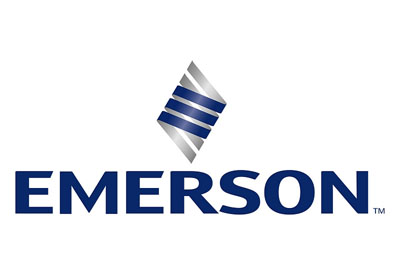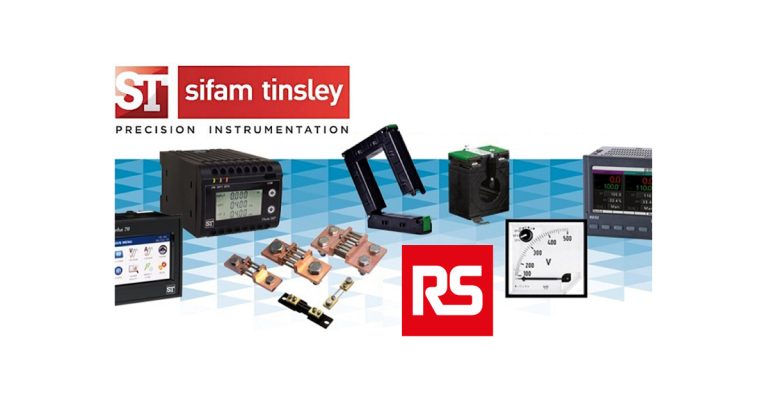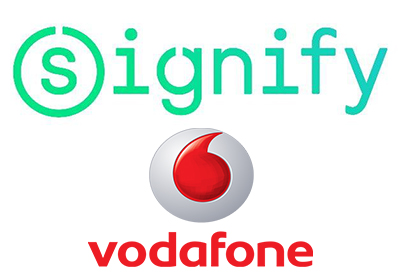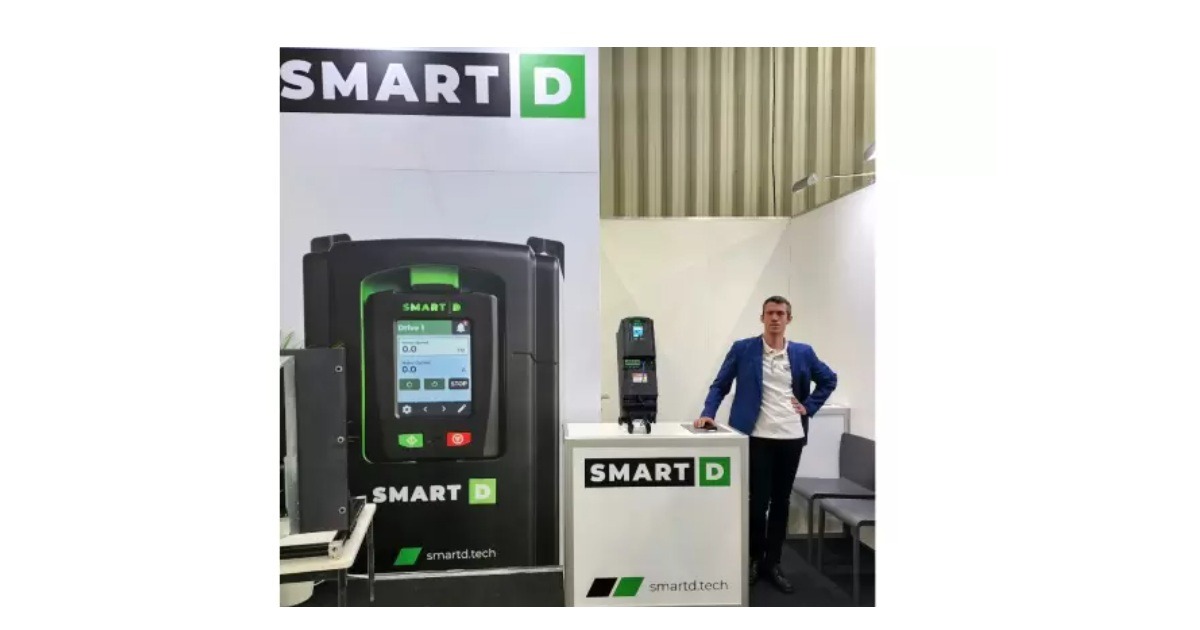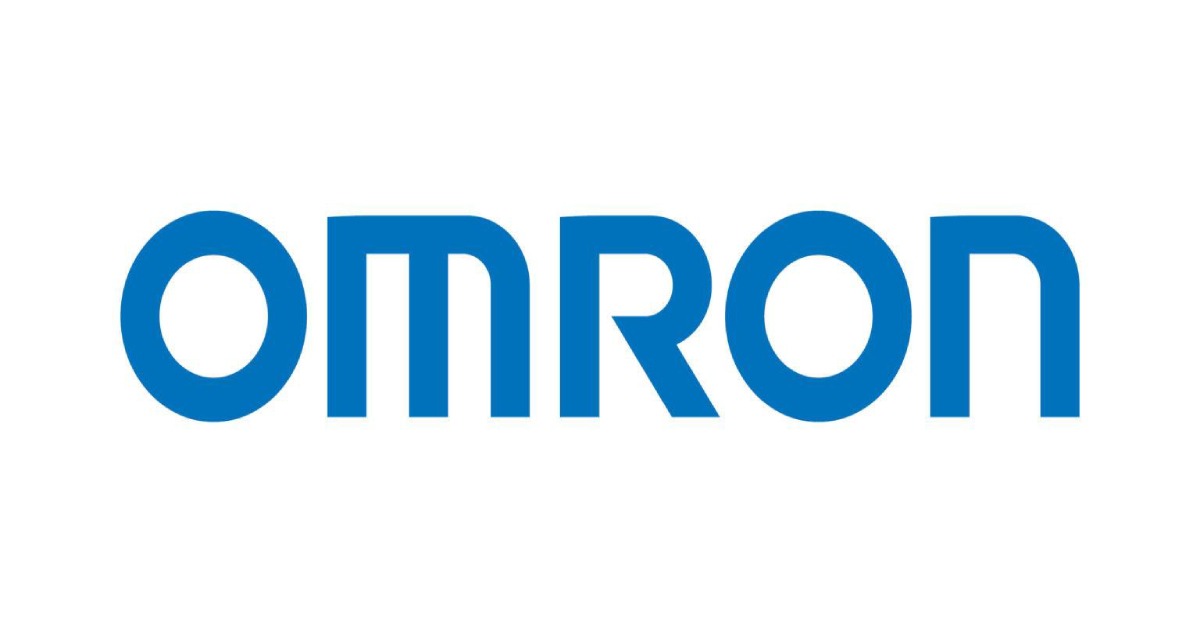Boring is beautiful – Situational awareness in Human Machine Interface

May 2, 2019
If you’ve noticed the gas light come on when you’ve been driving your car, you’ve experienced a situational awareness Human Machine Interface (HMI). HMI systems include the displays, buttons and sounds that help a user monitor and control a machine or system. Situational awareness is an approach to HMI design that helps users gather information at-a-glance about potential problems or changes to the system.
Situational awareness HMI design keeps displays clear and intuitive. All of the information on a situational awareness design display is:
- Easy to process. Changes in lights, colours and sounds let an operator know if something has changed or become a problem. Operators don’t have to memorize processes, and few (if any) calculations are needed.
- Boring. The regular display has no colour, no animation and no graphics. When something in the system changes, colours, flashing lights or sounds are introduced to immediately alert the operator. By minimizing distractions, operators can identify problems quickly.
- Proactive. Operators can predict and investigate issues before something goes wrong.
- Standardized. It is easy to transfer an operator’s training and knowledge to any area of a facility, so employees can move from one area to another without additional instruction.
“These designs assist in early awareness and allow operators to prioritize their actions,” says Christian Schacher, Integrated Solutions Manager at True North Solutions. “The design should provide a clear indicator to the operator that something needs attention. There’s never any guesswork.”
Traditionally, HMI systems showed an accurate representation of the operations with animations, graphics and all the pipes and gauges in bright colours. It was common to see a screen with green pipes showing opened valves and red pipes indicating closed valves. Since this was all a part of regular operations, it was hard for operators to know if there was a change in the system. High performance situational design introduces colours and movement only to illustrate a change in the system, which provides more efficiency and opportunity for proactive problem solving than ever before.
“There is a huge movement in the industry to high performance graphics and situational awareness design,” says Schacher. “It plays a critical role in helping operators monitor situations and allows an operator to know if something has changed with a single glance at the screen.”
For more information, visit HERE.


